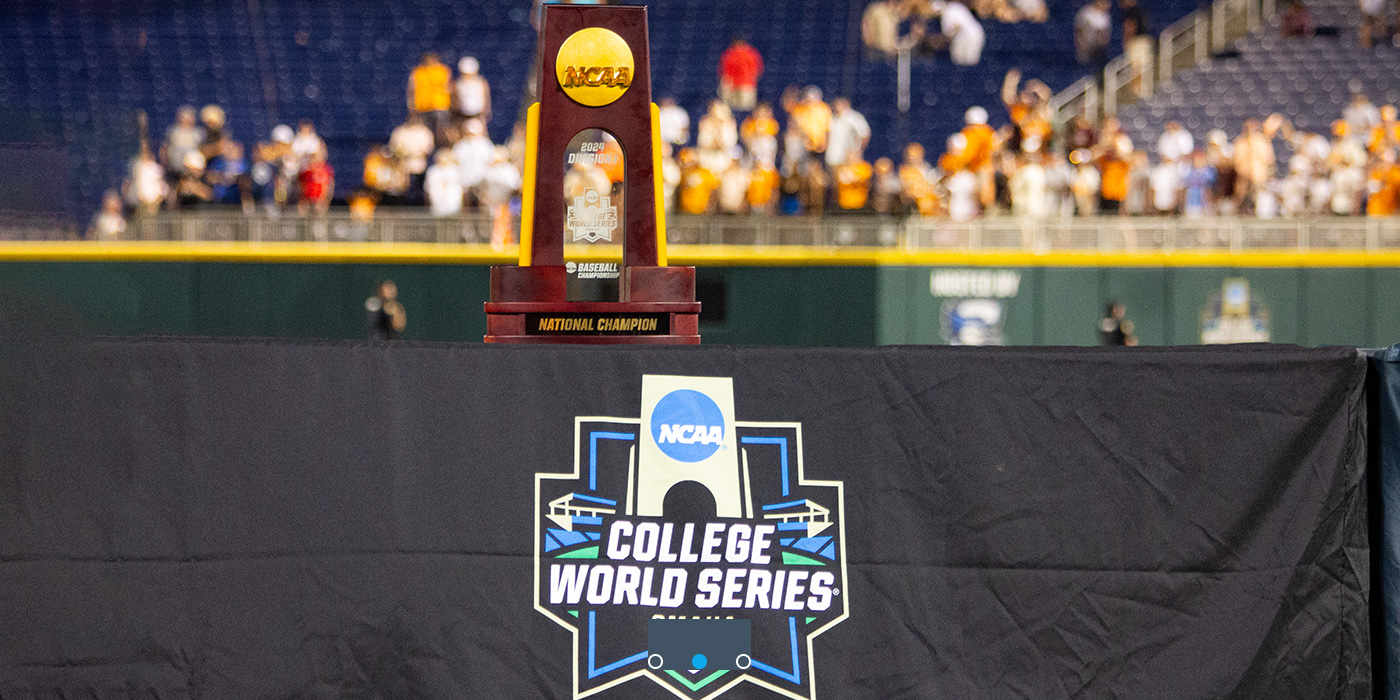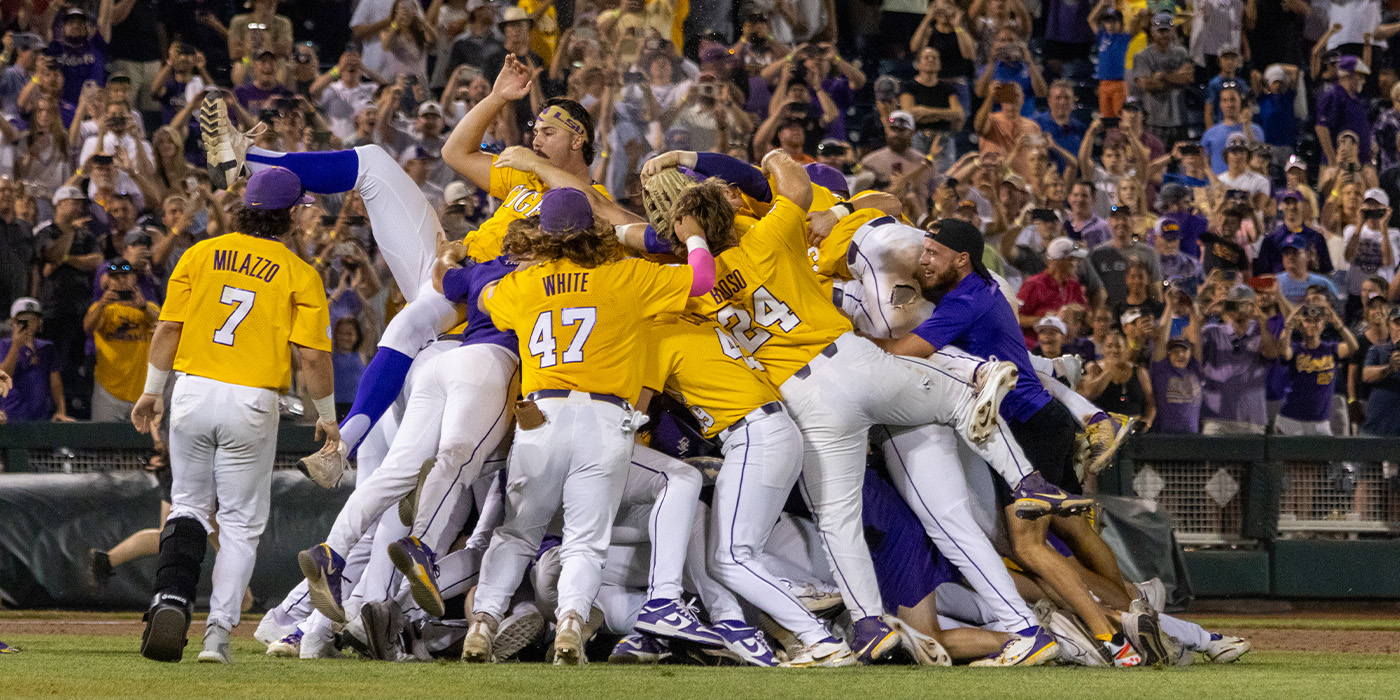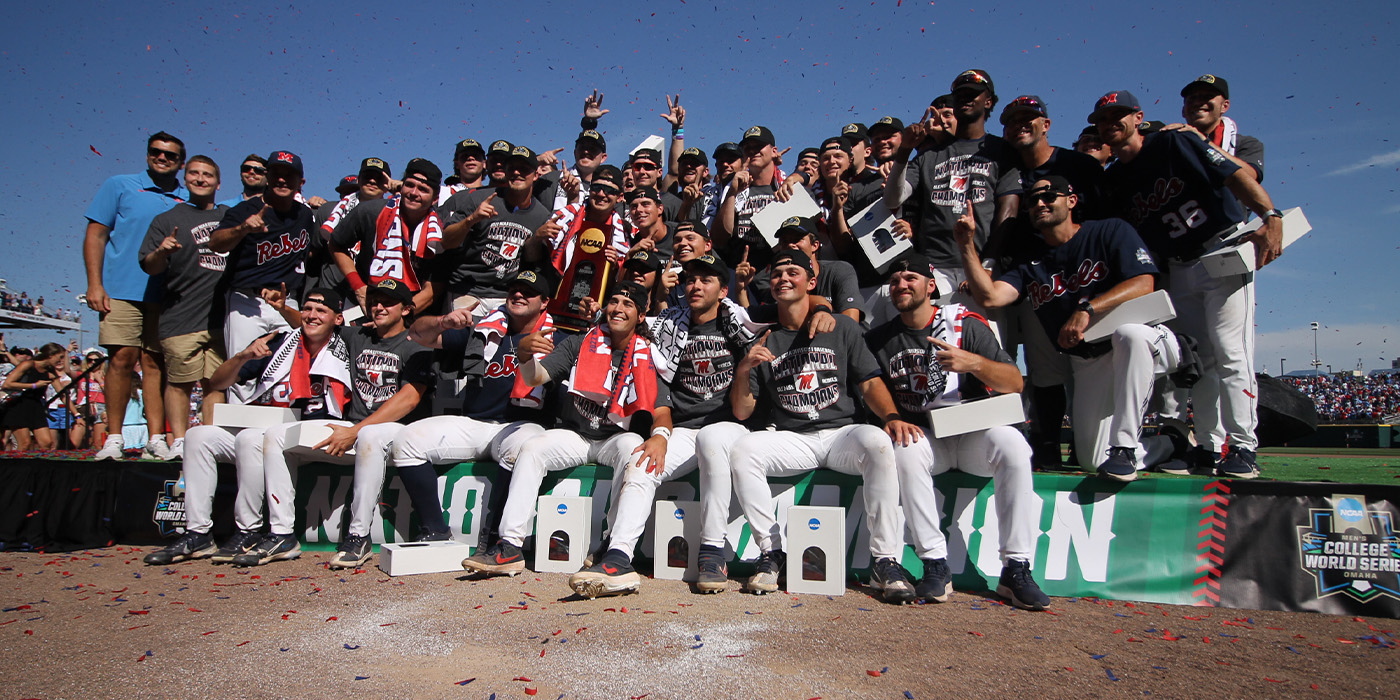Upcoming Events
History of the Men's College World Series
The first NCAA Men’s College World Series was held in 1947 in Kalamazoo, Michigan, which also hosted the event in 1948. The following year, the tournament moved to Wichita, Kansas, where George H. W. Bush, future U.S. President, captained the Yale baseball team that competed in the Series.
In 1950, the Men’s College World Series made its debut in Omaha, drawing an attendance of 17,805. Despite becoming a profitable event today, the tournament lost money during 10 of its first 12 years in Omaha (1950-1961).
The story of how Omaha helped transform the Men’s College World Series from its modest beginnings into a renowned national event is an inspiring one. It’s a story of how the community, including local business leaders, city officials, and volunteers, united with the NCAA to help the event grow into what it is today.
Road to Omaha Sculpture
The Road to Omaha, a 1,500-pound bronze sculpture by artist John Lajba, was unveiled on June 7, 1999, to commemorate Omaha’s 50th year as the Men’s College World Series host. Lajba, a renowned artist since 1982, is known for notable works, including a statue of Dale Earnhardt at Daytona Speedway and a bust of Bob Hope at the Bob Hope Village in Florida.
The sculpture, which depicts four baseball players celebrating a victory at home plate, symbolizes the spirit, camaraderie, and excitement of the NCAA Men’s College World Series. In 2011, the statue was refurbished by Lajba and relocated to the northwest corner of Charles Schwab Field Omaha, where it was rededicated. It remains a lasting tribute to Omaha’s sports legacy. To learn more about the Road to Omaha Sculpture, visit the CWS of Omaha, Inc. website.






